Latin name: Kalanchoe
Category: perennial epiphytes and creepers
Origin: South Africa
Kalanchoe - home doctor
Kalanchoe is a medicinal plant, a storehouse of useful substances. It is found at every turn in the tropics and subtropical regions of Australia, Asia, Africa, Madagascar, New Guinea. Kalanchoe is a member of the Crassulaceae family. This plant has thick, fleshy leaves.
Types of Kalanchoe are with erect stems and creeping. In all species, the height of an adult plant is different. The minimum height is 20 cm and the maximum height is 1.5 meters.
Kalanchoe has 200 species.
Many types of Kalanchoe are well adapted for breeding at home.
Types of Kalanchoe
Kalanchoe blossfeldiana
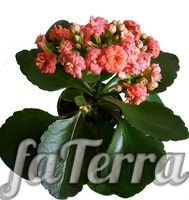 Kalanchoe blossomfeld photo - flowering plants This decorative flowering species is the most popular. Height up to 45 cm. It is a short shrub. The leaves of a representative of this species are smooth, dark green, slightly wavy along the edges. Blooms in a variety of ways. There are pinks, whites, yellows, oranges and reds. The flowers are usually arranged in large racemes and may bloom for several weeks.
Kalanchoe blossomfeld photo - flowering plants This decorative flowering species is the most popular. Height up to 45 cm. It is a short shrub. The leaves of a representative of this species are smooth, dark green, slightly wavy along the edges. Blooms in a variety of ways. There are pinks, whites, yellows, oranges and reds. The flowers are usually arranged in large racemes and may bloom for several weeks.
Kalanchoe Blossfeld is a fairly unpretentious plant that can grow both inside and outside the house. It prefers bright but diffused light and can survive in relatively low temperatures. The plant needs regular watering, but does not tolerate waterlogging of the soil, so it is recommended to use drainage holes in the pot. Kalanchoe Blossfeld can also be fertilized once a month during the growth period.
Overall, Kalanchoe blossfeldiana is an attractive plant with bright colors that can bring joy to its owners for a long time. It is easy to grow and can be an ideal choice for those looking to add beauty and color to their home or office.
Kalanchoe Kalanpa
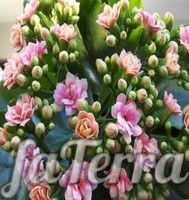 Kalanchoe kalanpa photo - pink flowers Kalanchoe lovers will be interested in this species, which is a hybrid of Blossfeld's Kalanchoe. It is smaller in size with more flowers. Blooms in March - April and blooms until October.
Kalanchoe kalanpa photo - pink flowers Kalanchoe lovers will be interested in this species, which is a hybrid of Blossfeld's Kalanchoe. It is smaller in size with more flowers. Blooms in March - April and blooms until October.
Kalanchoe Degremontiana
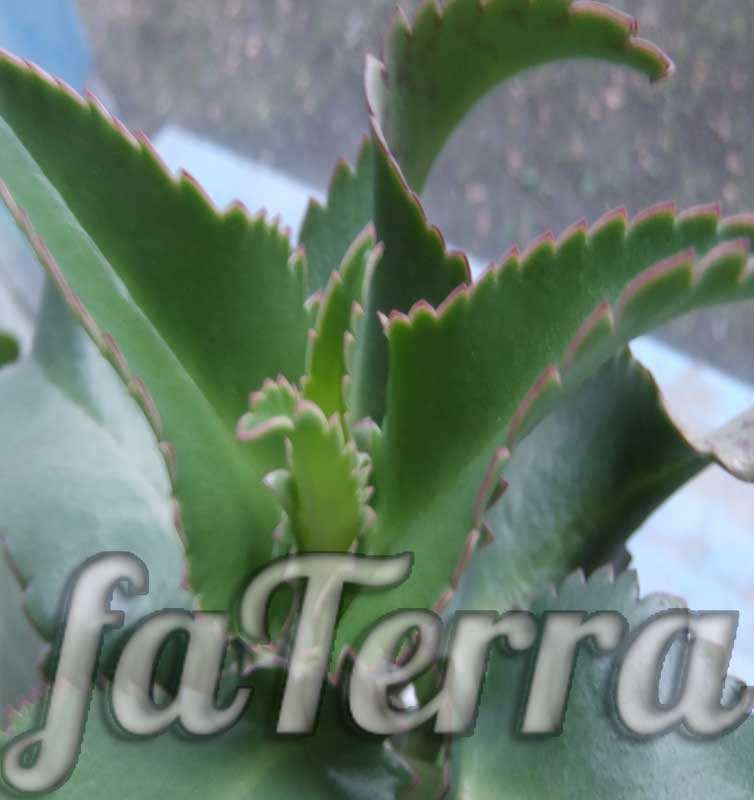
The leaves of Kalanchoe daigremontiana are green in color and have a smooth surface with red spots along the edge. They are quite thick and fleshy, which helps the plant retain water in hot conditions.
Kalanchoe Degremont is also known for its medicinal properties. In traditional medicine, it is used as a remedy for pain and inflammation, as well as for the treatment of skin diseases and respiratory diseases.
This plant is easy to grow indoors in a pot and can grow to a height of about 30 cm. It loves bright, sunny light but needs moderate watering and drainage to avoid waterlogging.
All in all, Kalanchoe daigremontiana is a wonderful succulent plant that can be both a decorative element of the interior and a useful remedy.
Kalanchoe Mangina (Kalanchoe manginii)
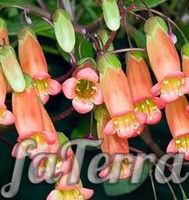 Kalanchoe mangin photo - flowering This is a type of decorative - flowering plants. It has small leaves, drooping stems and flowers in the form of bells up to 2 cm.
Kalanchoe mangin photo - flowering This is a type of decorative - flowering plants. It has small leaves, drooping stems and flowers in the form of bells up to 2 cm.
Panicled Kalanchoe (Kalanchoe thyrsiflora)
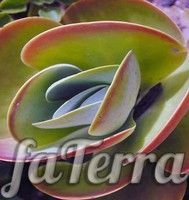 Kalanchoe paniculata, also known as "Pandeyan tree", is a species of succulent plant originating from South Africa. It gets its name from the shape of its leaves, which are rounded and reminiscent of a panda. The leaves of Kalanchoe thyrsiflora are silvery green with a reddish margin. The plant produces large rosehip-shaped inflorescences that can be yellow or orange.
Kalanchoe paniculata, also known as "Pandeyan tree", is a species of succulent plant originating from South Africa. It gets its name from the shape of its leaves, which are rounded and reminiscent of a panda. The leaves of Kalanchoe thyrsiflora are silvery green with a reddish margin. The plant produces large rosehip-shaped inflorescences that can be yellow or orange.
Kalanchoe beharensis
 Kalanchoe bexar photo - indoor plants Stems erect, losing leaves over time. The leaves have a triangular shape with wavy edges, has a bluish-grayish coating. Semi-shrub plant.
Kalanchoe bexar photo - indoor plants Stems erect, losing leaves over time. The leaves have a triangular shape with wavy edges, has a bluish-grayish coating. Semi-shrub plant.
Felt Kalanchoe (Kalanchoe Tomentosa)
img title="Unusual types of Kalanchoe - succulents" src="/images/foto_v_statiah/kalanhoe/Kalanhoe_voilochnoe.jpg" alt="Kalanchoe felt photo - Kalanchoe varieties" width="150" height="150">Kalanchoe felt photo - varieties Kalanchoe It is also known as "Bear Ears", - got its name from its rounded leaves, which are silvery gray in color and covered with soft hairs reminiscent of bear fur. The leaves are elliptical in shape and can grow up to 10 cm long.
Kalanchoe marble (Kalanchoe marmorata)
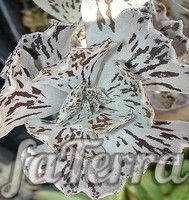 Kalanchoe marble photo - an interesting Kalanchoy The view is very beautiful with the original color of the leaves - large brown spots on them, white flowers 6 cm long.
Kalanchoe marble photo - an interesting Kalanchoy The view is very beautiful with the original color of the leaves - large brown spots on them, white flowers 6 cm long.
Kalanchoe home care
Keeping Kalanchoe will not be very difficult, because it is unpretentious. The plant is light-loving, the bright sun does not greatly affect its growth, and also feels comfortable when the lighting is insufficient.
Air temperature
Kalanchoe is a plant that grows in tropical and subtropical regions, so warm temperatures suit it. The recommended temperature for Kalanchoe is 18 to 24 degrees Celsius. It is important to avoid extreme temperature fluctuations and hypothermia, as this can negatively affect the growth and health of the plant. If you live in a cold climate, then it is recommended to keep the Kalanchoe in a room with a suitable temperature or provide it with an additional source of heat, such as a special plant lamp or a heater.
Watering
The plant contains a lot of moisture at the stems and leaves, so if it is not watered, it will not disappear.
In spring, summer and until mid-autumn, it is worth watering the plant a couple of times a week, and when the cold comes, less often. It should not be watered abundantly, because fungal whitening can occur.
Kalanchoe, which have velvety leaves, do not need to be sprayed to avoid getting water on them. Plants with smooth leaves love warm showers, but occasionally to remove dust.
Fertilizer
When flowering, Kalanchoe requires more fertilizer than those that do not bloom. From April to September they are fed once a month with universal fertilizer. Non-flowering varieties of Kalanchoe are fertilized with bait for cacti.
Priming
The plant tolerates soil from turf and leaf well, humus and sand should be added in equal parts. Drainage is required at the bottom of the pot.
Transfer
Transplanting Kalanchoe is an important step in the care of the plant, which may be required after a certain period of time, usually once a year or two. Failure to follow this rule can lead to a deterioration in the health of the plant and, ultimately, to its death. Here are some tips for transplanting Kalanchoe.
Kalanchoe transplantation is best done in spring or early summer when the plant is actively growing. It is important to choose a suitable pot for transplanting, which should be slightly larger than the previous pot to give the roots of the plant more room to grow. Before transplanting, it is necessary to prepare the soil by mixing it with sand or perlite to ensure good drainage capacity.
Young plants need to be transplanted every year, when the spring dormant period ends, older ones - after 2-3 years.
Before transplanting, Kalanchoe should be well watered to simplify the process of removing it from the old pot. Carefully remove the plant from the old pot, being careful not to damage the roots. Remove the old soil from the roots and examine the roots for disease or damage. If damaged roots are found, they must be removed. Then place the plant in the new pot, adding soil around the roots and tamping down lightly.
It is important not to forget about the further care of Kalanchoe after transplantation, which includes regular watering, fertilizing and maintaining optimal temperature and lighting. Kalanchoe can become stressed after transplantation, so you need to give it time to adapt by reducing the amount of water and fertilizer in the first few days.
Lighting
Good, bright lighting is required for flowering species. In order for the Kalanchoe plant to bloom in winter, it must be kept in a cool place in autumn and winter, and in summer, stay in the light for up to 10 hours maximum. The ideal option would be to place the flower on the window sills from the east or west during the warm season of spring to autumn, and in the cool period, the southern window is preferable.
Dried flowering is removed, the stems need to be cut so that Kalanchoe has a beautiful decorative look.
Kalanchoe breeding
Kalanchoe plant propagates by cuttings of stems and leaves, babies and seeds. Seeds should be sown in January-March. Young kalanchoys sprout at 20-25˚ C. It is best to plant cuttings that can be rooted in spring or summer. Before planting, it is advisable to dry them for 1-2 days. Planted cuttings should be watered very carefully, not covered with either polyethylene or glass.
Kalanchoe useful properties
Kalanchoe - medicine on the windowsill.
A wide range of its application in obstetric-gynecological, surgical, dental medicine. The plant has an anti-inflammatory effect. Able to quickly clean wounds and ulcers. Skin irritation does not occur, toxicity is low. Apply it for:
- burns
- bedsores,
- stomatitis,
- periodontitis,
- also has a good effect on ruptures after childbirth, cracked nipples.
The plant enjoys great success in cosmetology, as a means for rejuvenation.
Use older plants for treatment, and they will bring the best effect for recovery.
Kalanchoe is a room doctor, a tree of life, a beneficial and necessary plant.
Diseases and pests
The plant with excessive watering is sick, aphids appear. The temperature of the plant should not fall below 10˚C.
Problems that can arise with Kalanchoe
When growing Kalanchoe can face several problems, here are some of them:
- Excess moisture: Kalanchoe does not like excessively wet soil, so it should be watered sparingly. Excess moisture can lead to root rot and other problems.
- Lack of light: Kalanchoe needs bright but diffused light. Lack of light can lead to wilting of leaves and flowers.
- Nutrient deficiencies: Kalanchoe needs nutrients for healthy growth. Nutrient deficiencies can lead to stunted growth and plant weakness.
- Insects and Diseases: Kalanchoe can be attacked by a variety of insects and diseases such as mealybugs, spider mites and fungal infections. These problems can lead to wilting and death of the plant.
To avoid these problems, you should make sure that Kalanchoe gets enough light and water it sparingly. You should also use well-drained soils and fertilize the plant regularly. If the plant is attacked by insects or diseases, then they must be treated with appropriate insecticides or fungicides.














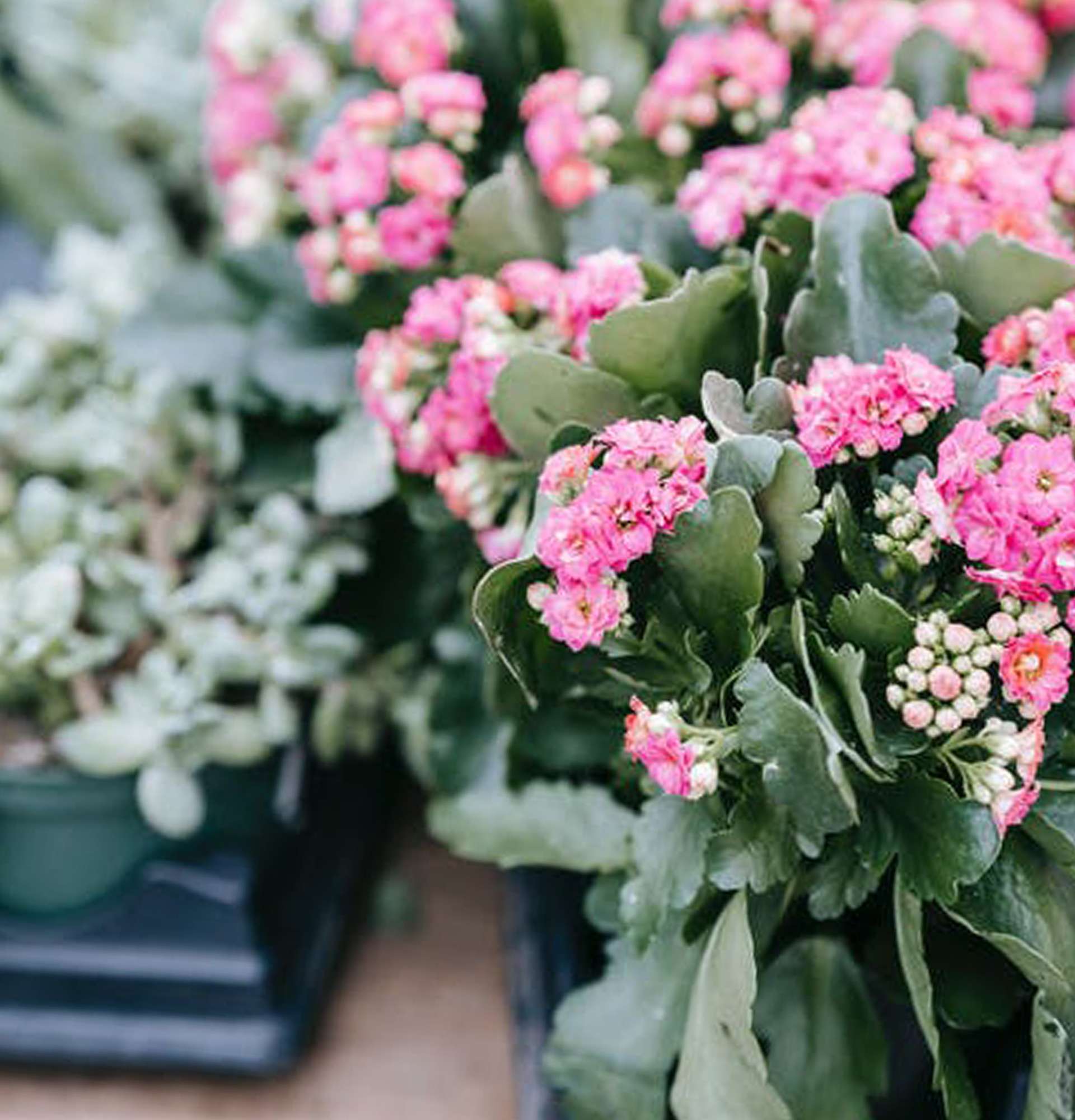
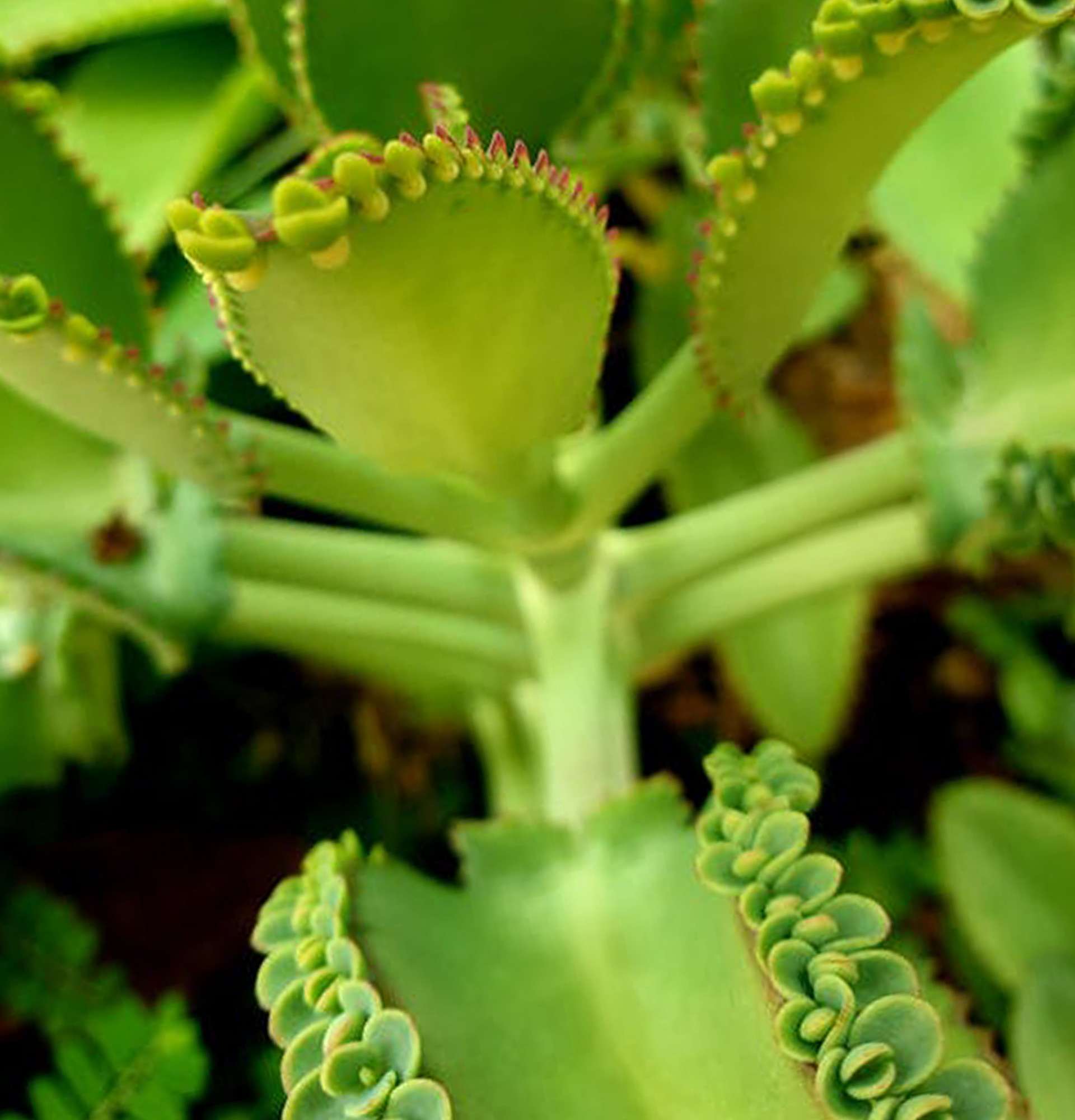
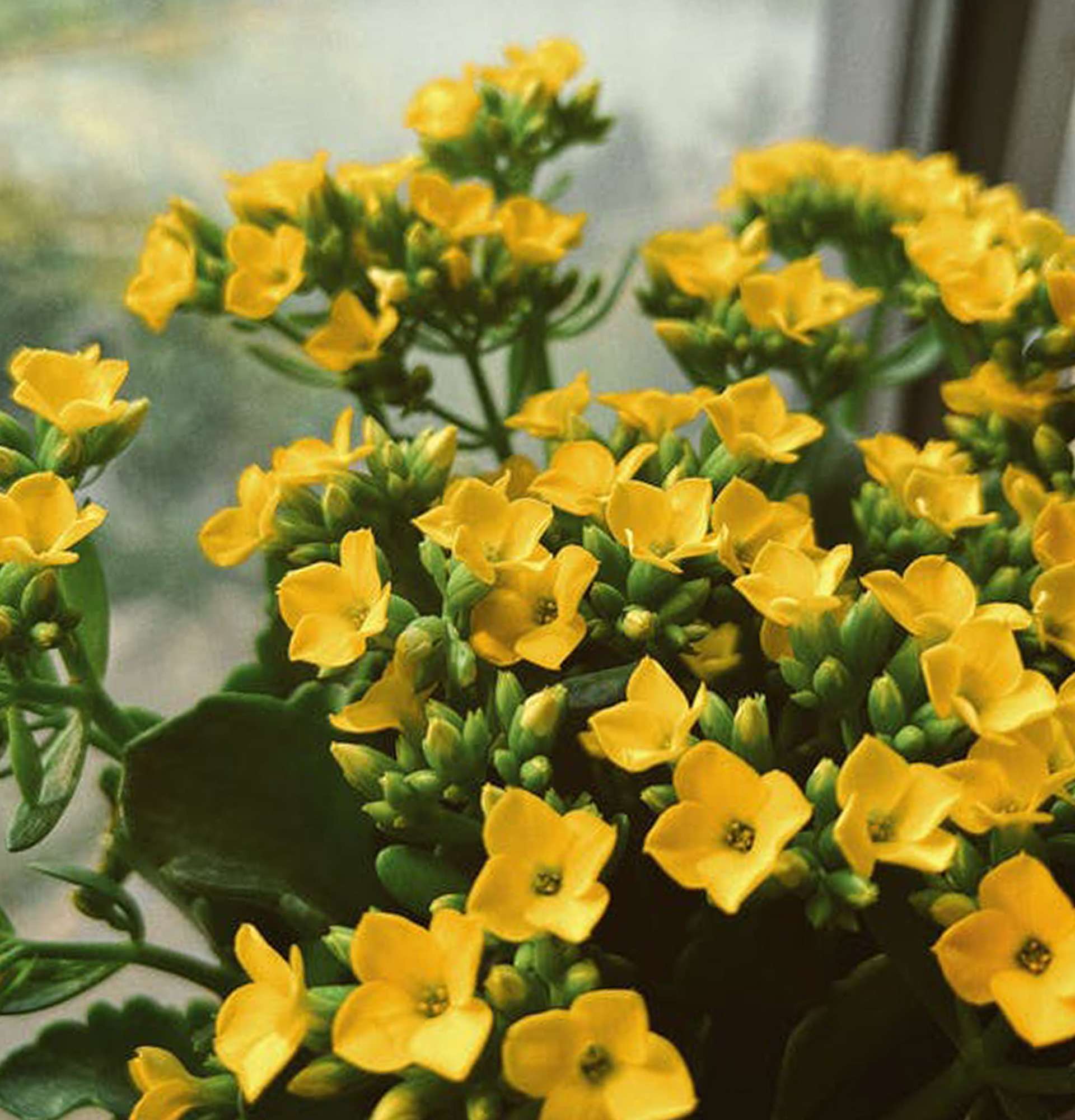
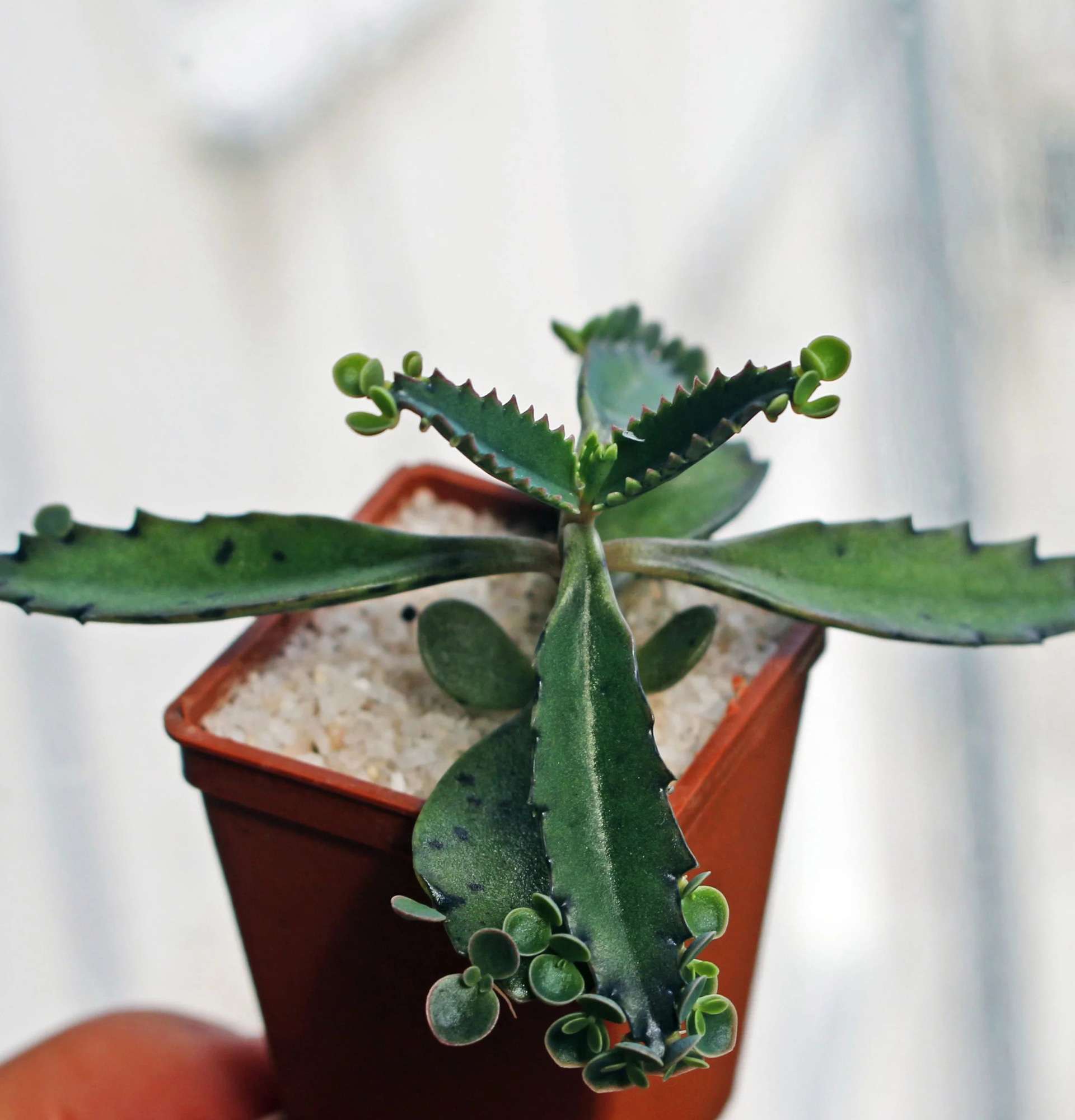
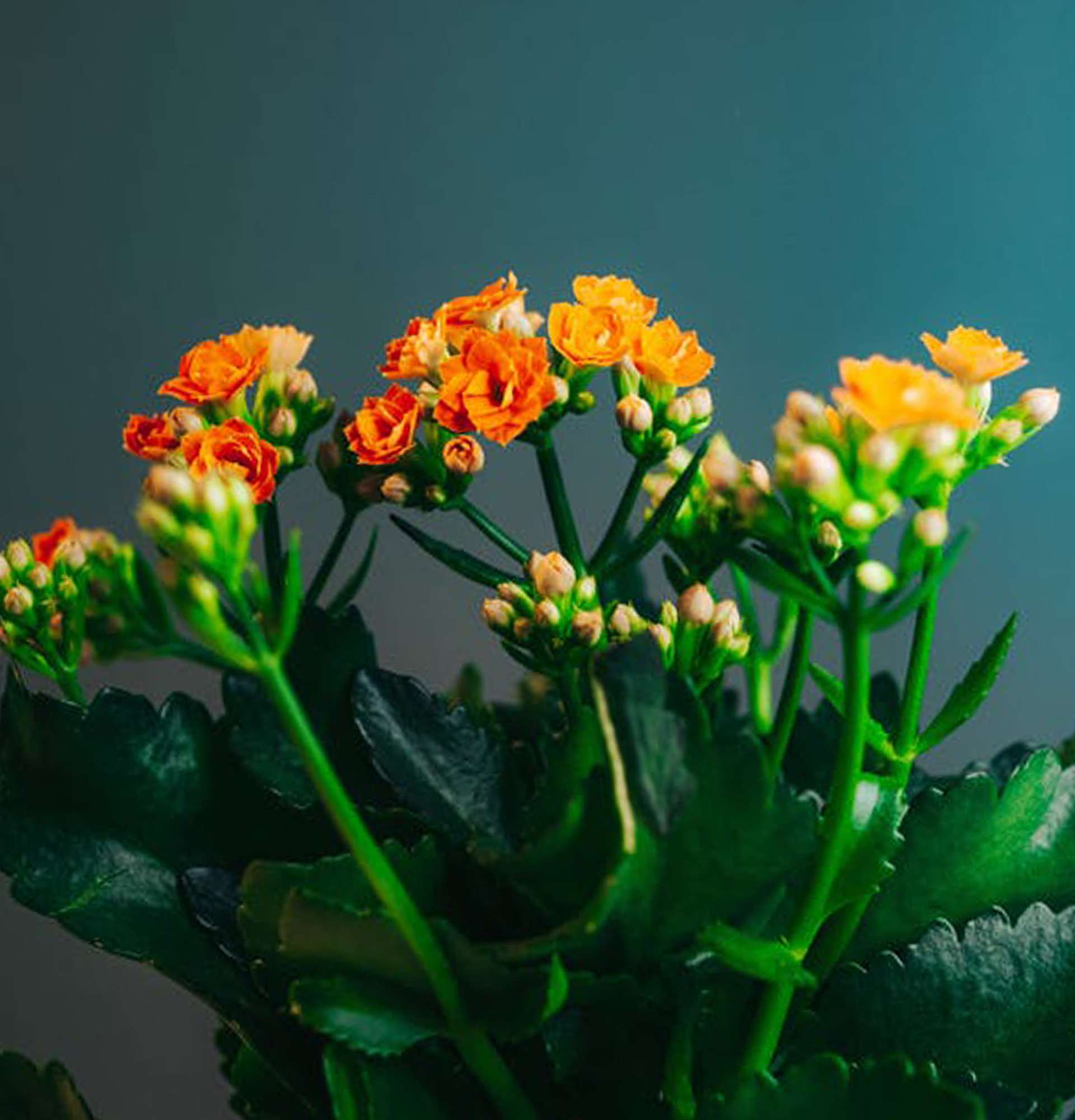
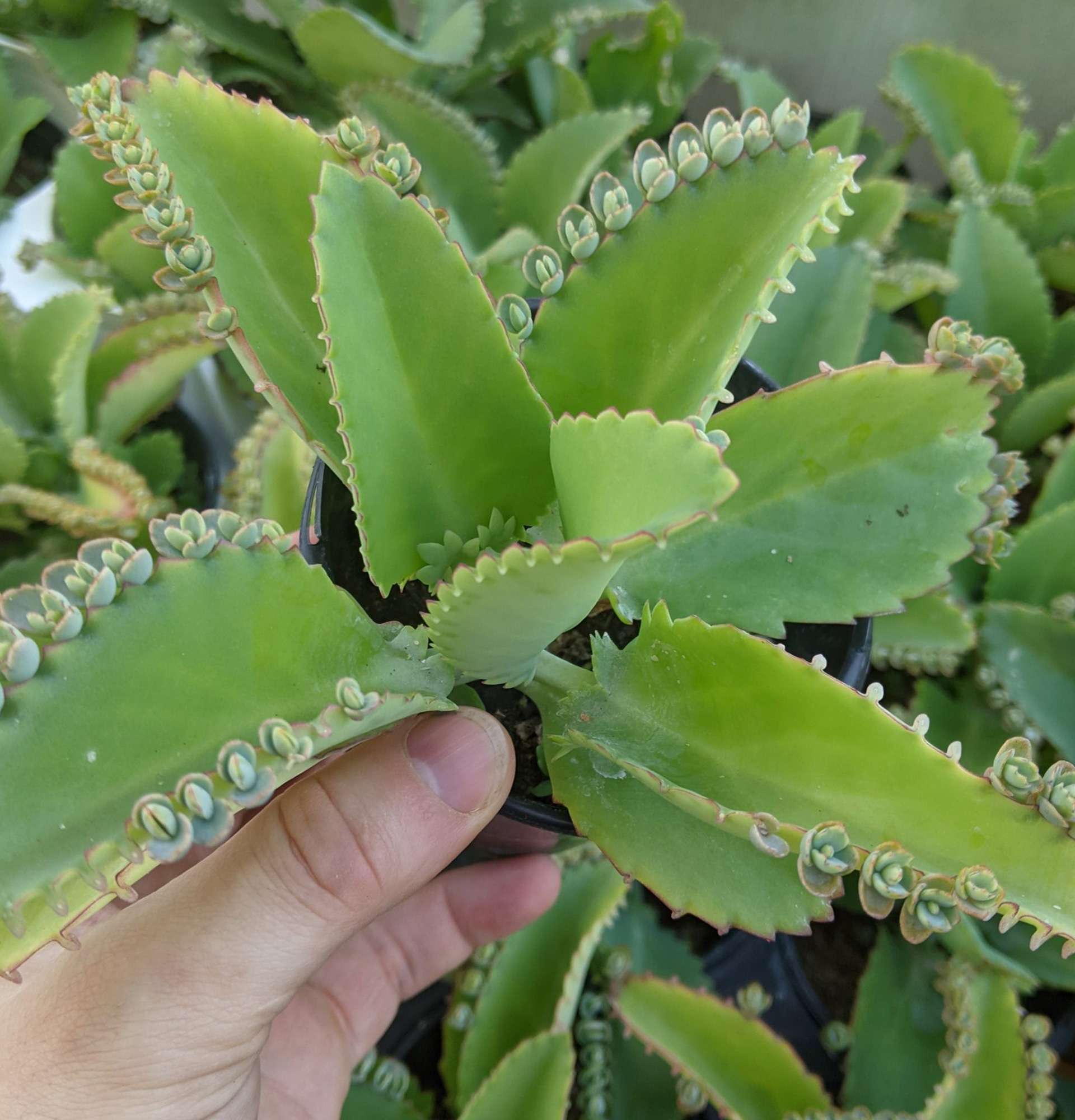
Write comments
Comments